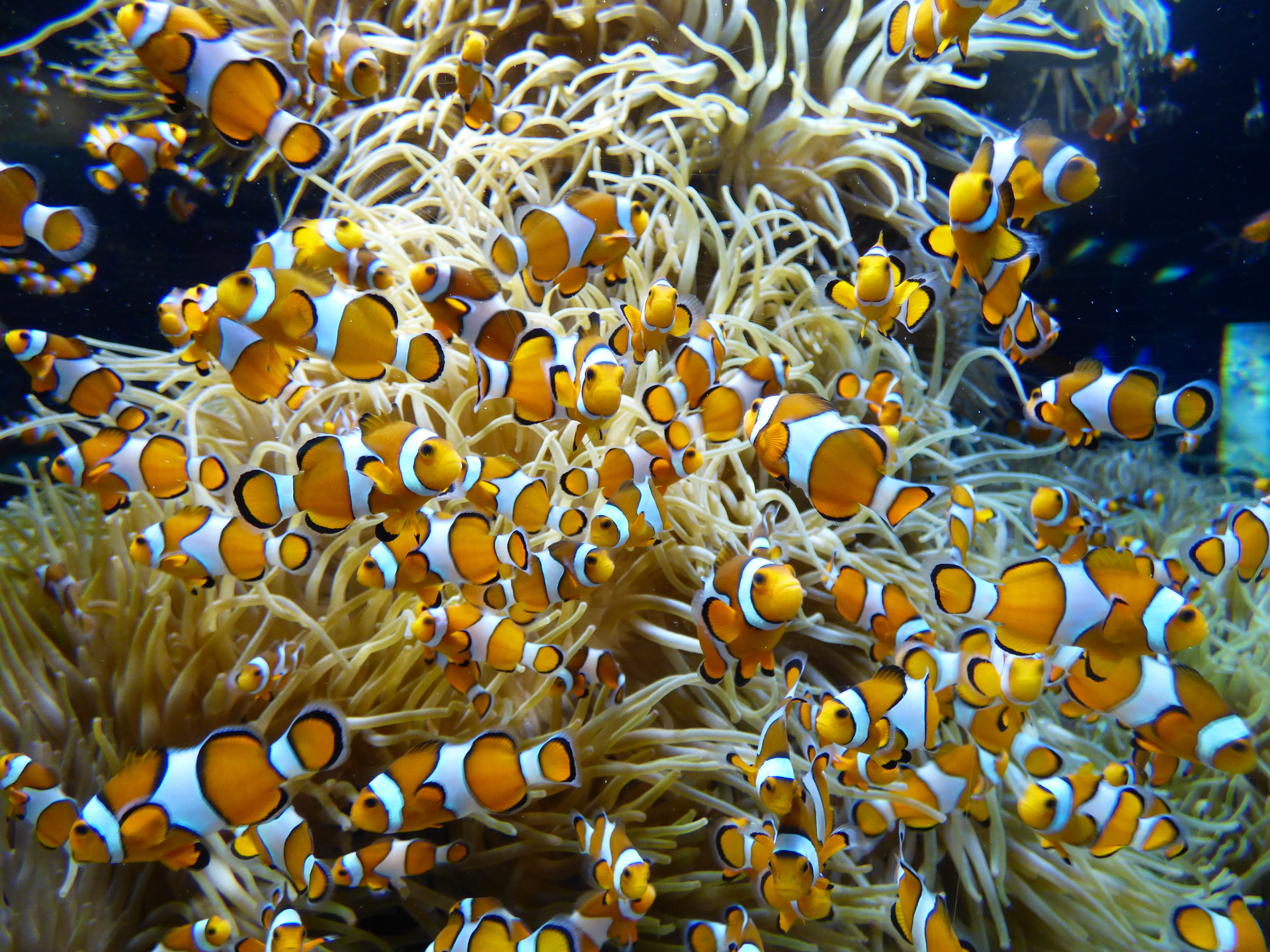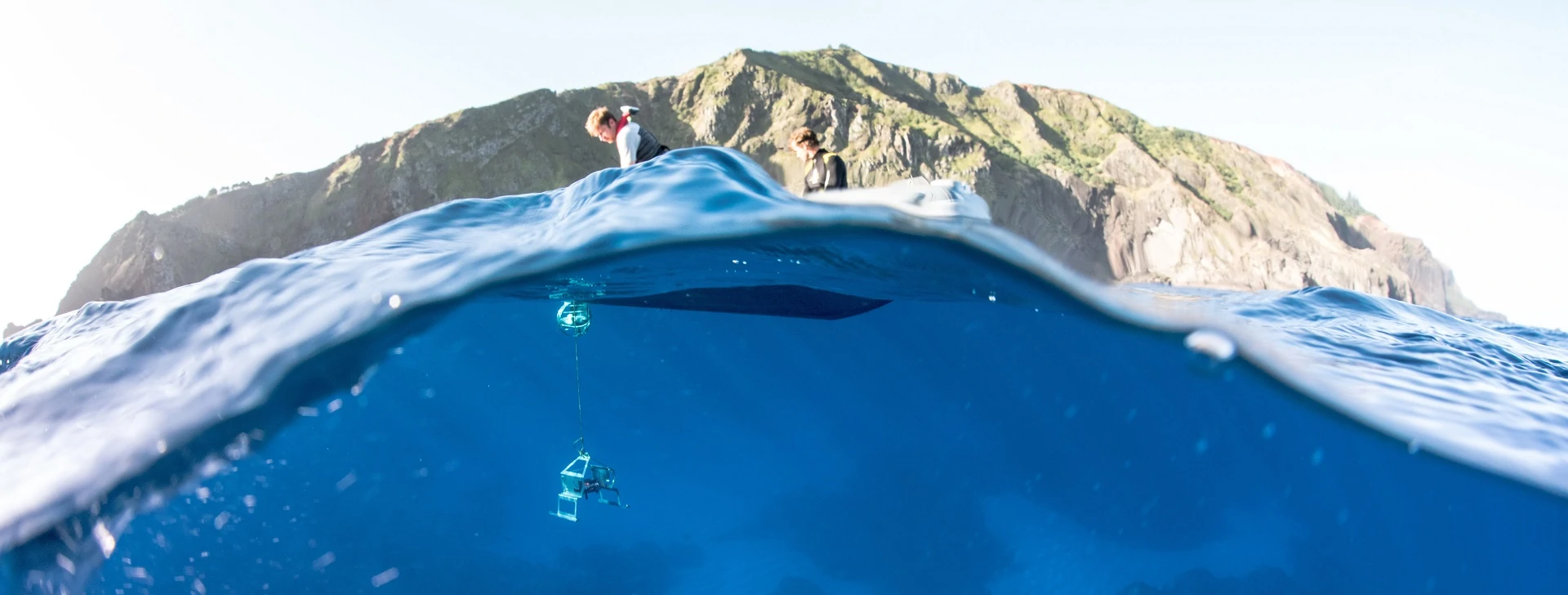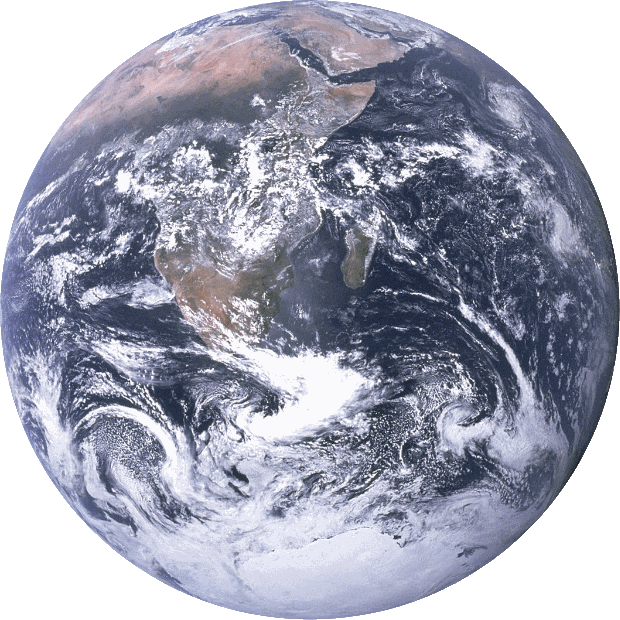DOI: 10.14466/CefasDataHub.8
Cefas Plankton Analysis System
Description
This dataset has been extracted as part of an exercise to assemble "all" Cefas Temperature Data and publish it in a Data paper. It is one of 17 Cefas data sources assembled.
Sampling of plankton has been carried out by Cefas since the 1940’s. In recent decades sampling has mainly been concentrated on fish eggs and larvae, and other zooplankton. Samples were collected using ‘high–speed towed nets’ that capture plankton from the surface to near–seabed. At each sampling position the sampler was deployed in an oblique tow from the surface to within approximately 2 m of the seabed. Veering and hauling speeds were manually adjusted with the aim of sampling each depth band equally.
Since the early 1980’s CTD sensor packages were fitted to the plankton samplers to continuously monitor temperature and salinity throughout each deployment. From 1982 until 2003 the Guildline CTD system was used. Subsequently the ESM2 Profiler/mini CTD Logger (see 3.17) has been used.
For each sampler deployment a raw data file was created from the logged values. Data were logged at intervals varying from 2 to 5 seconds. Raw files were subsequently post–processed using custom–written software (two different packages over the time period covered here) to produce calibrated profiles of the environmental values measured. Depending on the software used and level of post–processing undertaken by the operator either the whole profile (i.e. both dive and haul portions of the deployment) or just the dive part of the profile, were derived. Pressure averaged profiles may also have been created where mean values were ‘binned’ into depth bands of 1 m width.
Pressure (Depth), Temperature and Conductivity (CTD) profiles collected on Cefas (or DFR) plankton research cruises. The data in this archive broadly cover the European Shelf. Original output files are varied in data format according to the collection system used and the level of post-processing carried out.
Data collected using the lowered CTD rosette system, which is used when the vessel is stationary, provide a vertical profile of the water column. CTD data collected via sensors mounted to the plankton sampler provide an oblique or 'V' shaped profile of the water column. For these surveys, the CTD sensor used was either a Guildline or Falmouth Scientific Instruments Integrated CTD.
Instruments were usually calibrated where possible before each survey, in a water bath for temperature and using a pressure test vessel for pressure. Calibrations for salinity were performed with reference to salinity samples collected.
Contributors
Morris, David / Andres, Olga / Ayers, Richard / Brown, Annie / Elisa, Capuzzo / Keith, Cooper / Stephen, Dye / Liam, Fernand / Flatman, Steve / Greenwood, Naomi / Haverson, David / Tom, Hull / Kieran, Hyder / Simon, Jennings / Ross, Jolliffe / Julian, Metcalfe / Meadows, Bill / Pearce, David / John, Pinnegar / Sophie, Pitois / David, Righton / Natasha, Taylor / Williams, Oliver / Wright, Serena
Subject
Temperature of the water column
Start Date
29/04/1982
End Date
08/03/2004
Year Published
2016
Version
1
Citation
Morris et al (2016). Cefas Plankton Analysis System. Cefas, UK. V1. doi: https://doi.org/10.14466/CefasDataHub.8
Rights List
DOI
10.14466/CefasDataHub.8


